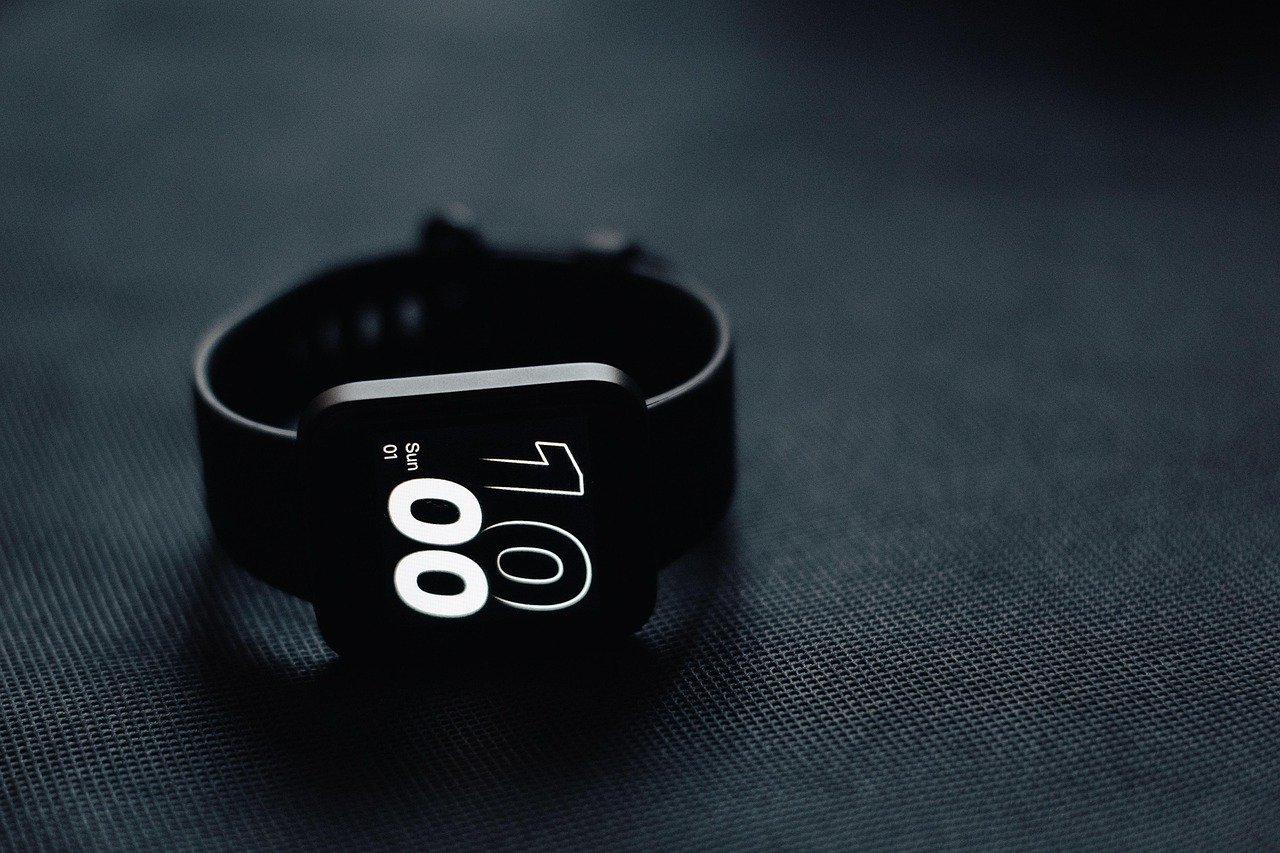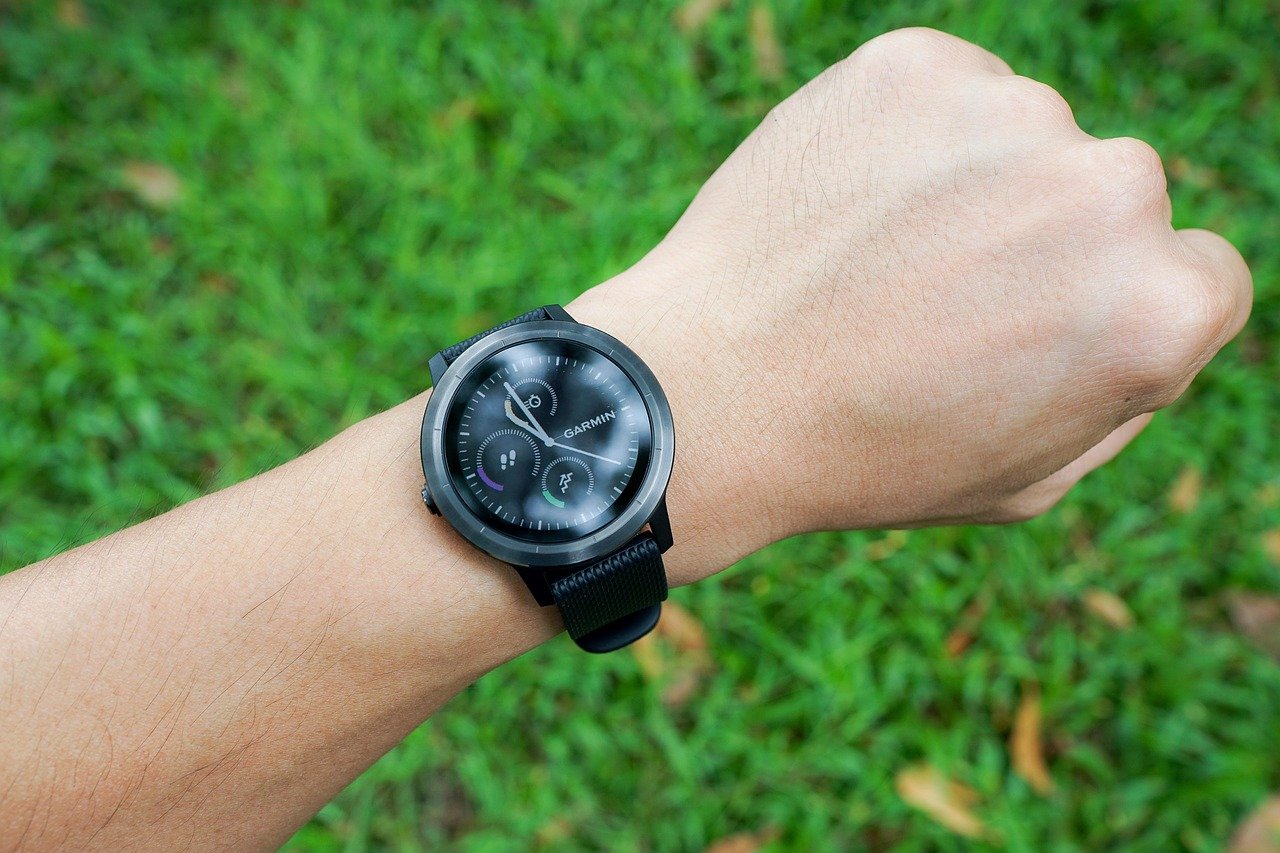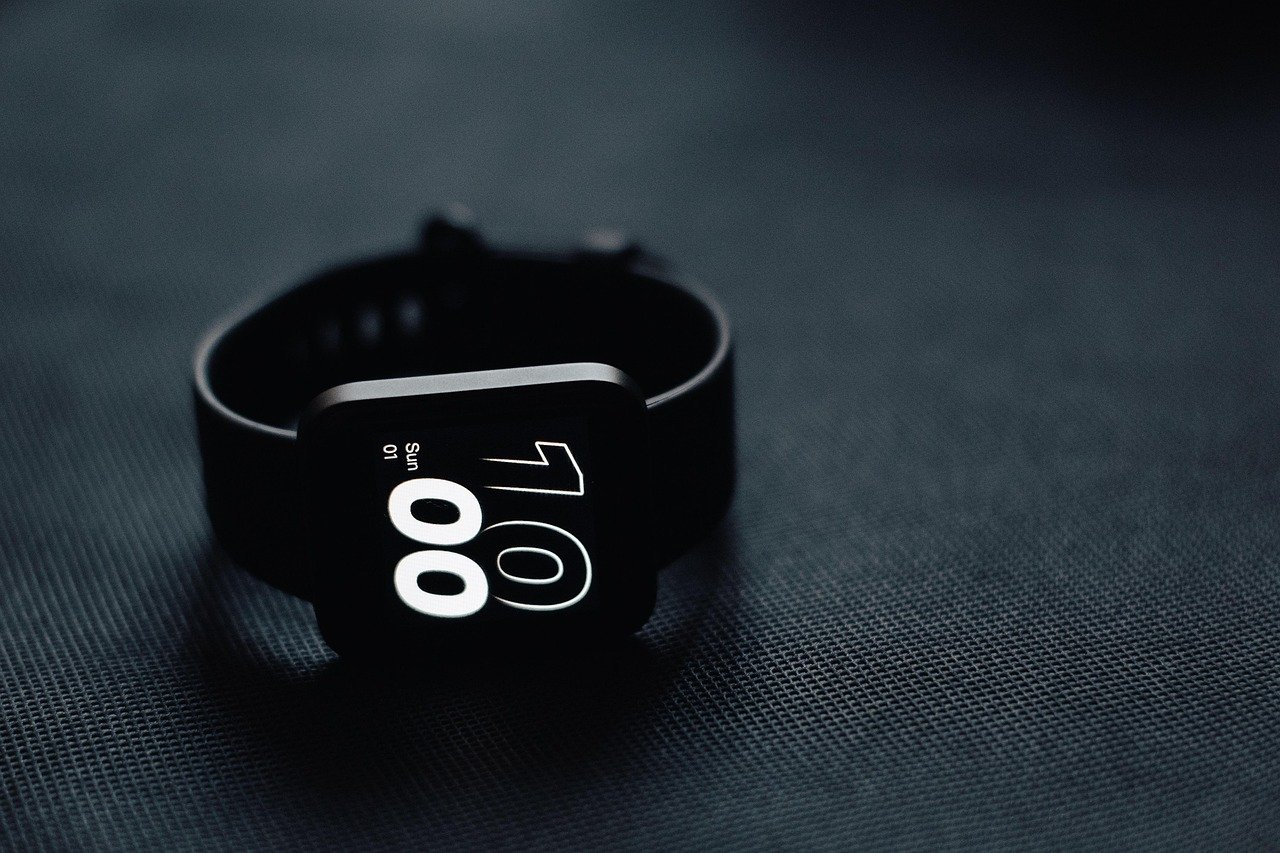Imagine if every step you take, every heartbeat, every restless toss in your sleep is quietly recorded—not just for you, but for someone else watching in the background. It sounds like the plot of a sci-fi thriller, but it’s the shocking reality behind the wearable devices millions of us strap on each morning. Are those sleek gadgets on your wrist your personal health partners, or are they secret data spies peeking into every corner of your life?
Wearables: The Ubiquitous Digital Shadow
Walk down any busy street or glance around your office—nearly everyone is wearing some kind of smart device. From Apple Watches to Fitbits, these gadgets have become as common as smartphones. By the end of 2023, over 1.1 billion wearables were in use worldwide, a mind-blowing leap from just a decade ago. The promise is irresistible: better health, smarter living, and effortless connectivity. Yet, as we collectively log our heartbeats and steps, an uncomfortable question lingers—are we trading privacy for convenience, one vibration at a time?
Sensors: The Silent Eyes and Ears

Every wearable is packed with tiny but powerful sensors. Accelerometers track your movement, gyroscopes sense orientation, and GPS chips pinpoint your exact location with stunning precision. Some devices can even detect when you stand up, how stressed you are, or if you’ve fallen. The data these sensors collect paint a vivid, nearly cinematic portrait of your daily routine. When all this information is sent to the cloud, it’s not just you who learns about your habits—manufacturers, insurers, and sometimes even strangers could be watching too.
What Data Is Actually Being Logged?
You might assume your smartwatch is only counting steps or calories, but the truth is far more complex. Wearables routinely log your location history, sleep cycles, heart rate variability, and even the times you wash your hands. Some advanced models can record blood oxygen levels, menstrual cycles, and emotional states. What’s more surprising: a 2023 survey found that over half of users had no idea their location was being recorded—even when their fitness tracking features were turned off. This hidden collection blurs the line between health helper and digital informant.
The Privacy Illusion: Convenience at a High Cost
It’s a classic dilemma: the more you rely on wearables for insight and motivation, the more of your personal life you hand over. Many people never read the lengthy privacy policies or fine print when setting up their devices. A 2022 study showed that 70% of users agreed to data sharing without understanding what it meant. This creates a dangerous illusion of security—your device feels like a trusted friend, but its loyalty is ultimately to the company that made it.
Real-World Stories: When Data Turns Against You

The implications of wearable tracking aren’t just theoretical. In 2021, a popular fitness app inadvertently revealed the locations of secret military bases when soldiers’ jogging routes were mapped online. In another shocking case, law enforcement requested health data from a suspect’s smartwatch to reconstruct the timeline of a crime. These stories reveal how data collected for innocent reasons can suddenly become evidence, exposing users to risks they never imagined when they first strapped on their device.
Misconceptions: “It’s Just My Steps, Right?”
One of the biggest myths is that wearables only track surface-level data like steps or calories burned. In reality, many devices monitor precise sleep cycles, stress responses, and even physical locations down to the meter. Some can detect your routines—like when you go to the gym or leave for work—creating a behavioral fingerprint unique to you. Believing your device is harmless can lull you into sharing more than you ever intended, sometimes with companies you’ve never heard of.
Who Sees Your Data? Not Just You

Most wearable companies promise not to sell your data outright, but many share “anonymized” data with advertisers, researchers, and insurers. In practice, anonymized data can often be re-identified, especially when combined with other information. A 2023 investigation discovered that some companies shared location and health metrics with third parties, sometimes without explicit user consent. Even if you trust your device, can you trust every partner they work with?
Regulations: Are They Protecting You Enough?

Governments are scrambling to catch up with the rapid growth of wearables. Europe’s GDPR has strong rules about user consent and data access, but enforcement is inconsistent and loopholes remain. In the U.S., privacy laws are a patchwork, leaving many users unprotected. Some manufacturers have started offering better privacy controls, but the reality is that most people don’t use them—or even know they exist. Until stronger, clearer laws are in place, users are left to fend for themselves.
Steps You Can Take: Guarding Your Digital Footprint

Worried about your wearable spying on you? There are practical ways to limit your exposure:
– Dig into your device settings and disable unnecessary tracking features.
– Decline requests for location access unless absolutely necessary.
– Regularly review which apps and services have permission to access your data.
– Keep your device’s software updated to close security loopholes.
– Think twice before linking your health data to social media or third-party services.
The Next Generation: Smarter, But More Intrusive?

The future of wearables promises even greater integration—think smart rings that monitor your mood, glasses that analyze your surroundings, or earbuds that log your conversations for “wellness insights.” As these devices become more advanced, the temptation for companies to collect deeper, more intimate data will only grow. The challenge: balancing revolutionary benefits with a basic right to privacy, before the tech outpaces our ability to control it.
What surprises you most about the hidden life of your wearable?


